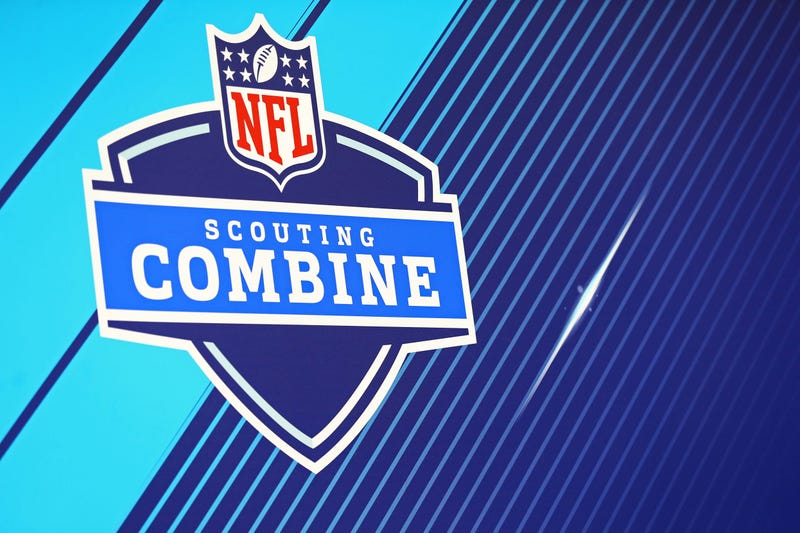
The 2020 NFL offseason is officially underway and you know what that means right? It is officially "silly season" around the league.
Throughout free agency, the NFL Scouting Combine, pro days, and the NFL Draft, there is going to be a ton of "information" flying around social media having to do with where certain players want to sign, what teams can do with the salary cap, where someone could get traded, drafted, etc.
With so much information to weed through, you may need a guideline to be fully prepared.
Welcome to class, students. Let's get you ready for the offseason:
Of course, don't get dooped by fake accounts like @AdamScheftarEPSN and check for the check marks. Be sure to also check your time stamps as some people like to bring back tweets from the NFL insiders that was breaking news back in 2013. Also know who in the actual media world has legitimate credibility.
Sometimes it isn't always on the reporters themselves. Often agents, front office members, and players will leak information in hopes to gain leverage over other teams or players in contract negotiations, trade value, and preferred destinations.
Take precaution on everything until it is officially confirmed. It is fun to speculate and dive into rumors, but don't always take everything as 100% fact.
He nearly surpassed 1,000 yards in his rookie season and had over 100 yards in a playoff win over the Philadelphia Eagles.
Then there are the burners like wide receivers John Ross and Philip Dorsett. Both players destroyed the 40-yard dash and ended up being high Day 1 picks. Teams love speed and it can often outshine the flaws in a prospect's game.
Trust your eyes. Trust what the player did on the football field. Use the combine and pro day as a secondary source of evaluation.
Sure, if a player was electric down the field on Saturdays, and then runs a 4.3, it is ok to boost his stock even more. Some players, however, have different speeds in-game versus in shorts.
However, taking a wide receiver over a cornerback when you already have good, long-term depth at wideout and a poor cornerback room is also a bad way to draft. Taking that player because they are five or six spots ahead of a player at a position you need more? Not always the right way to go.
Imagine in free agency if teams just threw huge money at any player because they were the best on the open market. Shelling out a five-year, $55 million contract to someone that won't dramatically change your team would be a waste. Free agency is about need, and yet the draft isn't seen in the same light.
Draft picks should be seen the same as money. Yes, future needs are always a part of drafting with roster turnover often being dramatic every year, but a team should never pick a player purely based on the board.
Imagine going to the grocery store with a list of needs and throwing money at all the best priced products regardless of the list. "Honey why did you spend $50 dollars on toilet paper when we had enough to last us weeks? We needed milk and eggs!" "It was buy one get one half off, sweetie!"
It is never as black and white as taking best player available or a position of need anyway. Value impacts everything. Perhaps a draft class is loaded at one position a team needs and is thin at another spot they desperately have to add talent at. That affects what a team does. So too would a run on one position, if they don't strike now... there may not be anyone left at the next pick.
A few years later, many gave the Miami Dolphins the same praise after spending big on Mike Wallace and Ndamukong Suh. How about the Cleveland Browns just last year? These paper tigers look flashy and exciting in the offseason, but teams that go all in on acquiring talent from one channel normally don't live up to expectations.
Balance is the key.
Contract structure is a wild universe with so many different ways to get around what is a soft cap. A cap, by the way, that usually increases as the NFL's annual revenue increases.
A team can back-load cap hits by offering guaranteed signing bonuses up front, they can front-load deals if other contracts have heavy hits down the road, and there is always the route of restructuring as you go.
It isn't the MLB, but the NFL certainly has a flexible salary cap backbone.
